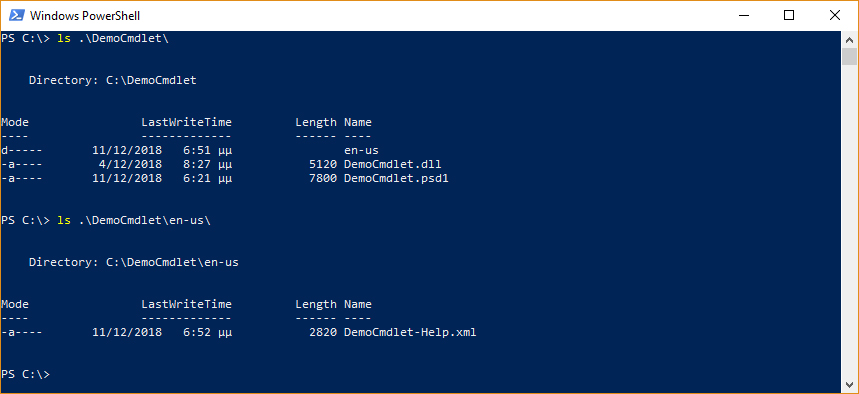
This is really easy to do by using a variable that is cast typed as XML. You can bypass a lot of headaches by just simplifying it to getting the content and saving it as XML. Sometimes you’ve got an XML file that doesn’t want to import because the namespace is not clearly defined. Just point it as the XML file you exported previously and save the output as a variable. If you’ve already saved your data as CliXML, then it’s really easy to get it back by using the Import-CliXML cmdlet. Use the Export-CliXML cmdlet to turn data that you’re processing into an XML file that can be saved or used later. If you’re trying to use XML with PowerShell, here are a few PowerShell cmdlets that can be useful for getting an XML file to work with it.
#Powershell xml tools code
Now that we’ve covered the basics of what XML is and how it is structured, let’s discuss ways that you can get XML code into PowerShell. You won’t be able to get results for a node or attribute if you’ve got a capital letter in your search where a lowercase letter should be. One of the hardest and most repeated lessons that you’re likely to learn is that XML is case sensitive. Namespaces are identified as a Universal Resource Identifier (URI), which is a web address to the definition. The differences between the two customer XMLs will be defined by a namespace that will define the different parts of the XML files. One vendor could have very little defined in their customer data XML, while the second vendor has a robust data collection for them. While it’s an important part of XML in general, it’s not as important to working with a specific XML file in PowerShell. Just know that if two different vendors may have customer data stored in XML, then that customer data could look completely different in the two files. Namespaces can add a lot of complexity to the XML discussion.

The following line shows an accurate sample, where I’ve added spaces before and after the signs: Īny text preceded by the string above are considered comments and will not be processed as XML nodes. Similar to HTML, comments in XML start with the. If it’s included as part of an existing node, then it’s an attribute.

If the property is in its own XML tag, then it’s a node. So what makes it an attribute instead of a node? It’s all in the XML markup. The node will identify all of the data about the object, but the node itself can have attributes, such as title or name. AttributesĪttributes are properties for an individual node. So what are nodes? XML nodes are the nested hierarchy of properties and data inside the XML code itself, as shown in the image above. Nodes are the basic building blocks of data in XML, and you’ll be working with nodes most of the time. XML nodes are the nested hierarchy of properties and data inside an XML code fragment.


 0 kommentar(er)
0 kommentar(er)
